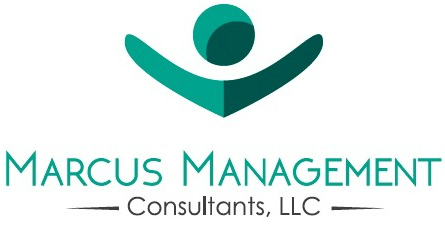
Organizations spend enormous amounts of money on employee surveys, but they often struggle to get enough responses to make sense of the results. Thankfully, there are four steps organizations can take to enhance employee survey participation so they can make sense of the results and ensure that the actions they take will result in making impactful changes to the work setting.
The first step is to make sure organizations have a relatively short survey. How short? Research I’ve been a part of identified that employee participation, and the quality of employee responses, begins to drop off after 100 questions. Other research I’ve been a part of suggests that most participants take between 5 and 10 seconds per question, meaning that an employee survey consisting of 100 questions will take no more than 10 minutes to complete. Because most employees will give you 10 minutes of their time, having an employee survey of 100 questions or less will increase the likelihood that employees will complete the survey.
The second step is to make certain the questions asked on the survey are relevant to the work environment. Most organizations often purchase a “pre-existing” employee survey from a consultant or vendor. Such a survey is likely to contain irrelevant questions that are not important to the participating organization. Further, such “pre-existing” surveys are also likely to omit questions that are important to the organization. For instance, employee safety may be incredibly important in some work settings, like hospitals and construction, but is often not included on most one-size-fits-all employee surveys. Consequently, organizations should work with their consultants to create a customized survey that contains only relevant questions for their work setting.
The third step is to share the survey results, and the actions to be taken based on those results, with all employees who were eligible to take the survey. This requires that organizations will take some action based on the survey results – otherwise, there is no need to conduct an employee survey. Sharing what actions will be taken as a result of the survey outcomes will let the employees know their voices were heard. This will not only serve to enhance employee trust, but it will also result in higher response rates in future surveys.
Finally, organizations must make sure the survey responses are confidential so that employees can feel safe to provide authentic answers. This can only be accomplished by having an outside entity (like an external consultant) administer the survey from start to finish. There is no doubt that many human resource departments have talented professionals who are well equipped to conduct and analyze an employee survey. But those analyses will be useless if employees do not believe their responses will be confidential. Having an external consultant conduct, analyze, and share the results of an employee survey is the only way all employees can be assured their responses will not be used against them.
Like most things in life, there is a right way to do something, and that something avoids pre-existing, one-size-fits-all employee surveys. Creating a relatively short survey consisting of relevant questions and sharing the results of that survey with all employees via an outside entity is the only way organizations can be assured they will enhance participation in current and future employee surveys, making them more impactful for the organization.
